The Snowball Earth theory argues that the Earth must have experienced periods of intense cold during the Proterozoic Eon, which would have resulted in a global ice age.
Think about an Earth completely buried under snow and ice. Vast stretches of ice oceans are visible wherever you turn. This is not just the mountains, but the land seems white too, and the glaciers extend all the way to the tropics.
These were among the most amazing periods in the history of our planet.
This was a very different time from the present day. All the continents were gathered around the equator, and life only existed deep in the oceans. Sometime between 540 million and 2.5 billion years ago (the Proterozoic Eon), the earth experienced global glaciation events, when it was almost frozen like a “snowball”. Evidence has revealed that the Snowball Earth Event must have happened more than twice in the geological past.
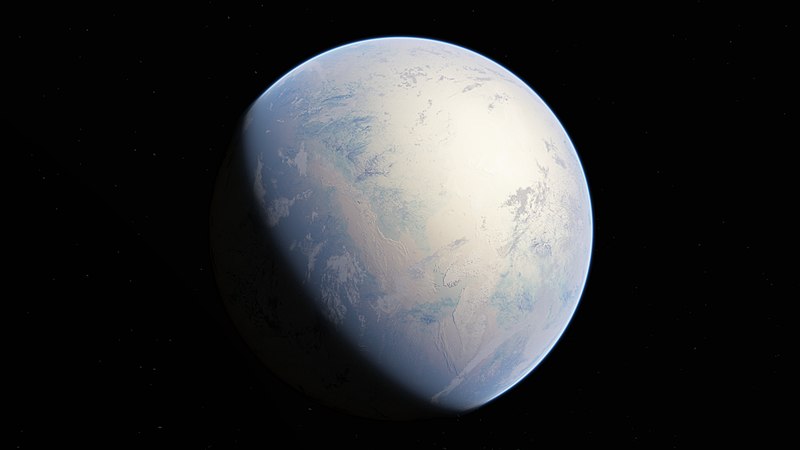
How Can A Planet Freeze?
This question can be explained using a famous climatic phenomenon called the Albedo-feedback loop. Albedo is a scientific term referring to the reflective properties of a surface. It means that if a surface has a high albedo, it will reflect most of the sunlight falling on it.
Ice and snow have a high albedo, and reflect about 90 per cent of the radiation falling on them, whereas dark oceans and land have low albedo and absorb much of the energy. The albedo feedback mechanism is sensitive to slight variations, which can cause the land to rapidly transition from ice-free to frozen to ice-free again.
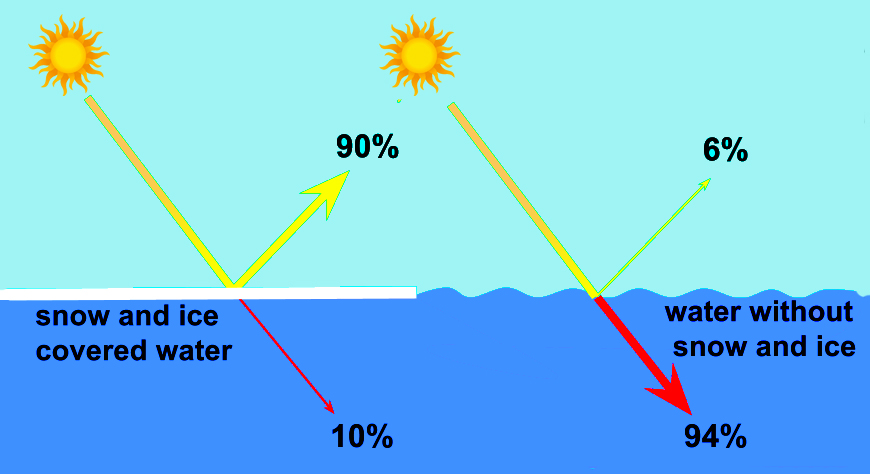
So what caused the planet to freeze?
Imagine that Earth gets kicked into an abrupt cooling event (maybe the amount of sunlight reaching the surface reduced or the CO2 levels dropped rapidly). This triggers the formation of massive ice glaciers. It is also important to remember that during pre-historic times, complex multicellular organisms did not exist to balance the amount of carbon in the atmosphere.
Earth would start to undergo a severe albedo feedback cycle, covering the land with ice from the poles to the equator. It would remain in this state for years to come.
Also Read: What Is ‘The Faint Young Sun’ Paradox?
How Did The Earth Recover From The Snowball State?
Certain processes of the natural world have proved to be a boon for the life flourishing within it. Plate tectonics and volcanoes (over an extended period) might have released enough greenhouse emissions to start warming the globe once again. As enough surface area was exposed, another runaway albedo feedback mechanism would have begun, causing the ice to melt quickly until it was completely gone.
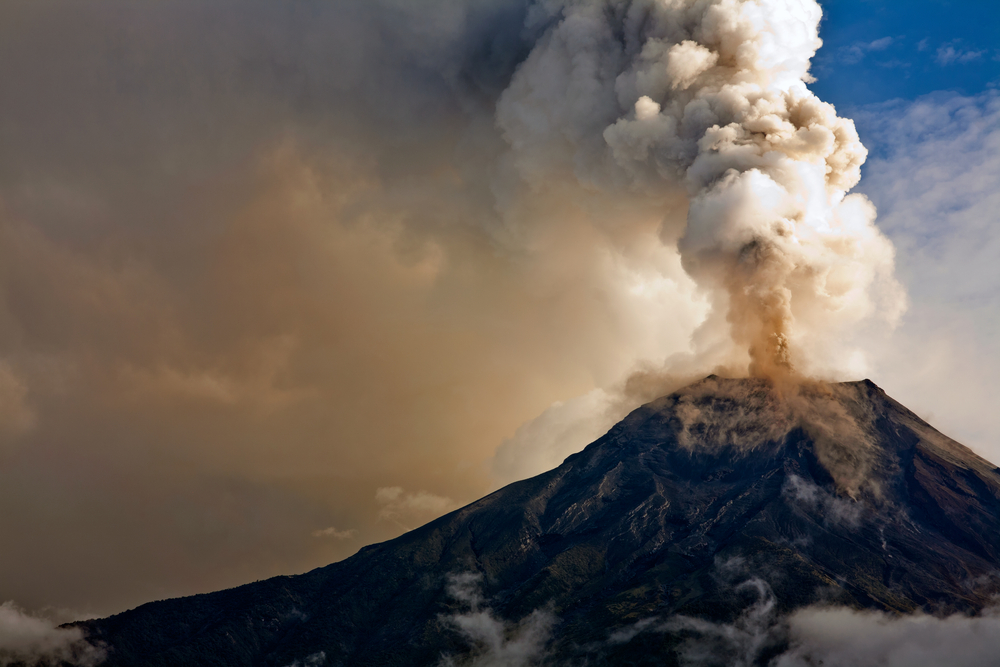
Huge volumes of methane were released by the carbon trapped in ice sheets on the ocean floor, driving global warming even further and faster. With hot tropics and freezing poles, the earth becomes stable once again.
Also Read: Was The Earth Ever Totally Underwater?
What Is The Evidence Supporting The Snowball Earth Hypothesis?
Geologists have identified many places around the world where glacial deposits occurred between limestones. Limestones are usually deposited in shallow water in tropical or subtropical regions, while glaciers never exist at sea level near the tropics… so what caused these unusual formations?
Researchers were convinced by data retrieved from paleomagnetic signatures (study of the strength and direction of the magnetic field in ancient rocks) that these formations are tropical and had been deposited at sea level.
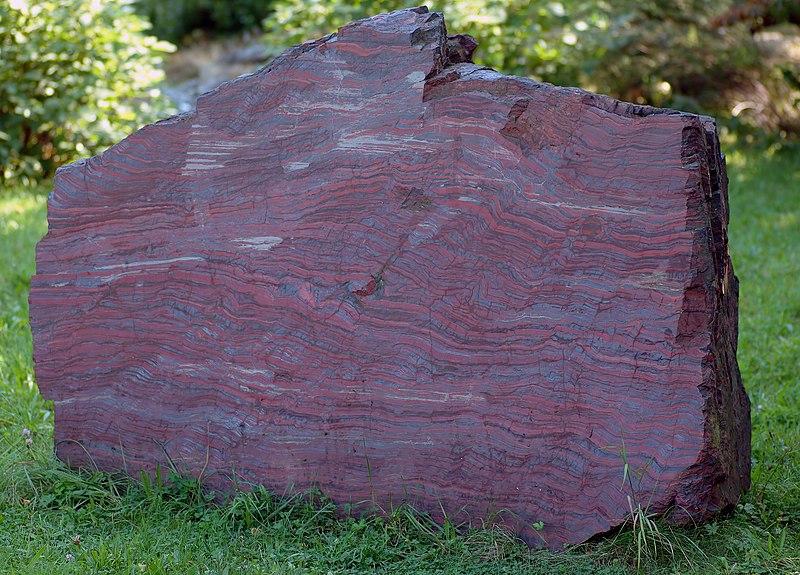
Another piece of significant evidence is the appearance of Banded Iron Formations (BIFs) around the periods of Snowball Earth. This could happen if the land and oceans had turned to ice, as it would lead the water to become acidic with dissolved carbonates. The sulfate intake to the seas would be cut off due to the lack of discharge pouring down rivers, which are now frozen. This leads to plenty of dissolved iron in such acidic, oxygen-free, low-sulfur waters. Iron would fall and collect at the ocean bottom as BIFs.
Snowball Or Slushball Earth?
Even though there is enough data to back up the theory of Snowball Earth in the geological community, some researchers believe otherwise. They disagree that the whole tropical area had ever frozen over enough to be called a snowball. They favor a less radical concept and call the model “slushball”.
The slushball model calls for some equator-side glaciation, but most of the tropical area remained ice-free. This is evidenced by sedimentary data that could have only formed in water, not ice. Still, this counterpoint is nothing new, as even the initial “snowball” model permitted certain ice-free areas in the tropical regions.
Will The Earth Turn Into A Snowball Again?
Scientists have linked glaciation events to a sudden drop in the rate of incoming solar radiation over a short interval.
It is still unclear what processes may have blackened the atmosphere over these millions of years. One explanation is that several volcanoes may have released smoke into the sky and prevented sunlight from entering the planet.
There is also the possibility that early algae developed processes that formed clouds and reflected light. Whatever the cause, it facilitated abrupt variations in solar energy.
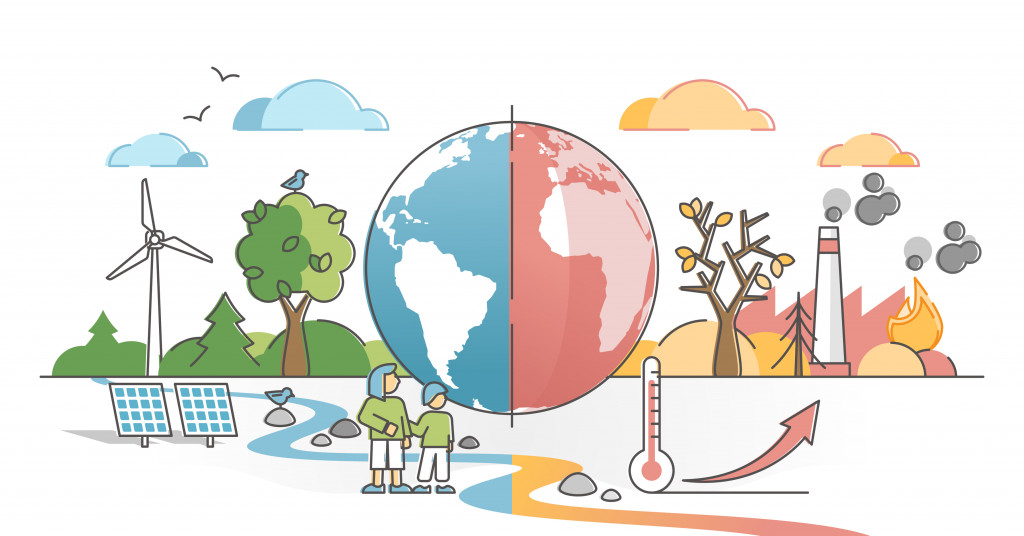
Although our present climatic trend indicates that humans won’t create a Snowball Earth event, we must be aware of critical breaking points caused by variations in the rate of changes in environmental phenomena. We should be conscious of the pace at which we are causing alterations to the Earth’s environment, not just the measurable amounts. Human-related activities can also trigger variations in the rate at which climatic changes occur, and thus far, we have not sufficiently addressed this inevitable issue.
How well do you understand the article above!

